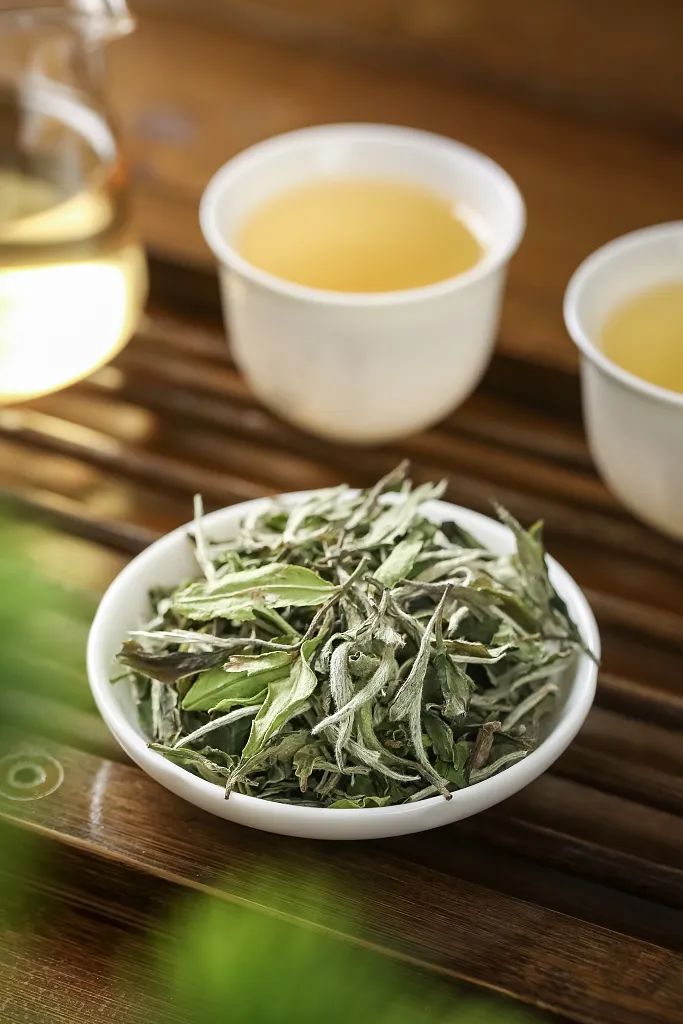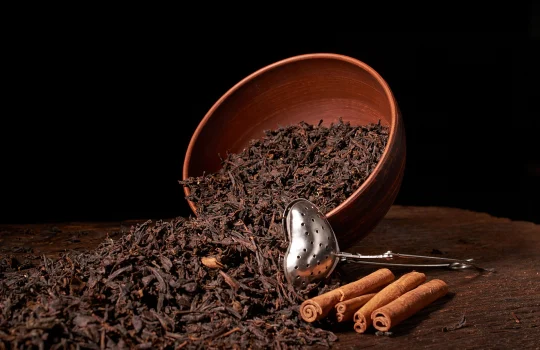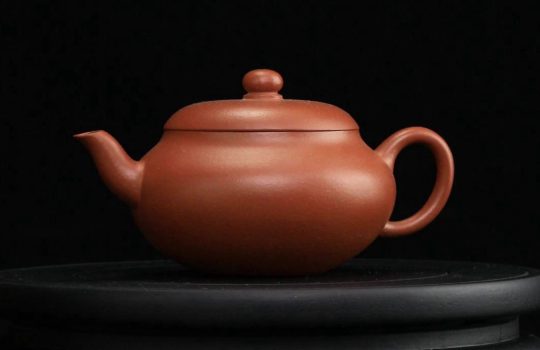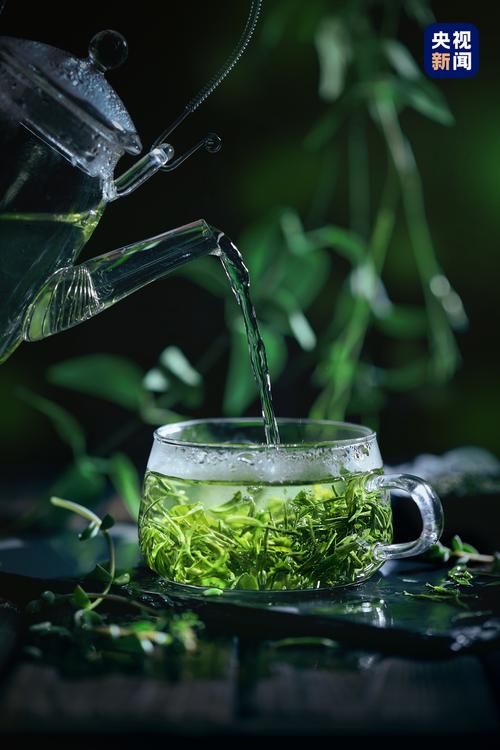Counterfeit tea is often made from leaves resembling tea leaves. Most of the counterfeit tea currently found on the market is made from leaves such as honeysuckle leaves, mugwort leaves, young willow leaves, elm leaves, holly leaves, hornbeam leaves, and hawthorn leaves, which are shaped to resemble tea leaves and then sold as genuine tea. Some of these are entirely counterfeit, while others are mixed with genuine tea.
In fact, whether it is genuine tea or counterfeit tea, for those with some experience in tea, it is not difficult to distinguish them with a little care. However, for those who mix counterfeit tea with genuine tea during processing, it becomes more challenging to distinguish them. So, how can one determine whether it is genuine tea or counterfeit tea? Generally, this can be done by examining and comparing several basic characteristics of the tea leaves.
1. Distinguishing by the organisational structure of the tea leaves
This method is relatively simple and quick. The specific procedure involves brewing the suspicious tea leaves twice using the tea infusion evaluation method, each time for 10 minutes. Once the leaves have fully unfurled, place them in a tray and carefully observe whether they exhibit the botanical characteristics of tea leaves.
(1) The edges of genuine tea leaves typically have 16–32 pairs of serrations, with the serrations being denser and deeper at the top, sparser and shallower at the bottom, and smooth without serrations near the leaf stalk. Additionally, the serrations are hook-shaped and have glandular hairs. Counterfeit tea, however, has serrations all around the edges or no serrations at all.
(2) The underside of the tea leaves has prominent veins, with the main vein clearly visible and branching into 7–10 pairs of lateral veins on either side. The lateral veins extend to one-third of the way from the leaf margin, then curve upward in an arc to connect with the upper lateral veins, forming a closed network of veins. The buds
and the underside of young leaves have prominent silver-white downy hairs.
2. Identification based on tea quality characteristics
(1) External appearance identification. Authentic tea has distinct net-like veins, with lateral veins interconnected in a fishbone pattern rather than a radial pattern. Approximately two-thirds of the veins curve upward to connect with another vein, forming a wavy pattern with raised areas within the leaf. The leaf margins have distinct serrations, which gradually become smooth and serration-free near the leaf stalk. Counterfeit tea leaves have indistinct veins, typically feather-like veins, with veins radiating to the leaf margins, and smooth leaf tissue. Some leaf margins have serrations, with silver teeth that are either coarse and sharp or fine and blunt; others have no serrations, with smooth leaf margins.
(2) Colour identification. Genuine black tea has a lustrous black or dark brown colour; counterfeit black tea is dull black with no lustre. Genuine green tea has a lustrous emerald green or dark green colour; counterfeit green tea is generally dark green or bluish-green.
(3) Aroma identification. Genuine tea contains tea polyphenols and aromatic oils, emitting a fresh tea aroma when smelled; when freshly brewed, the tea leaves are visible, and the tea is refreshing to drink. Counterfeit tea lacks the aroma of tea, instead having a grassy smell or other off-flavours.




